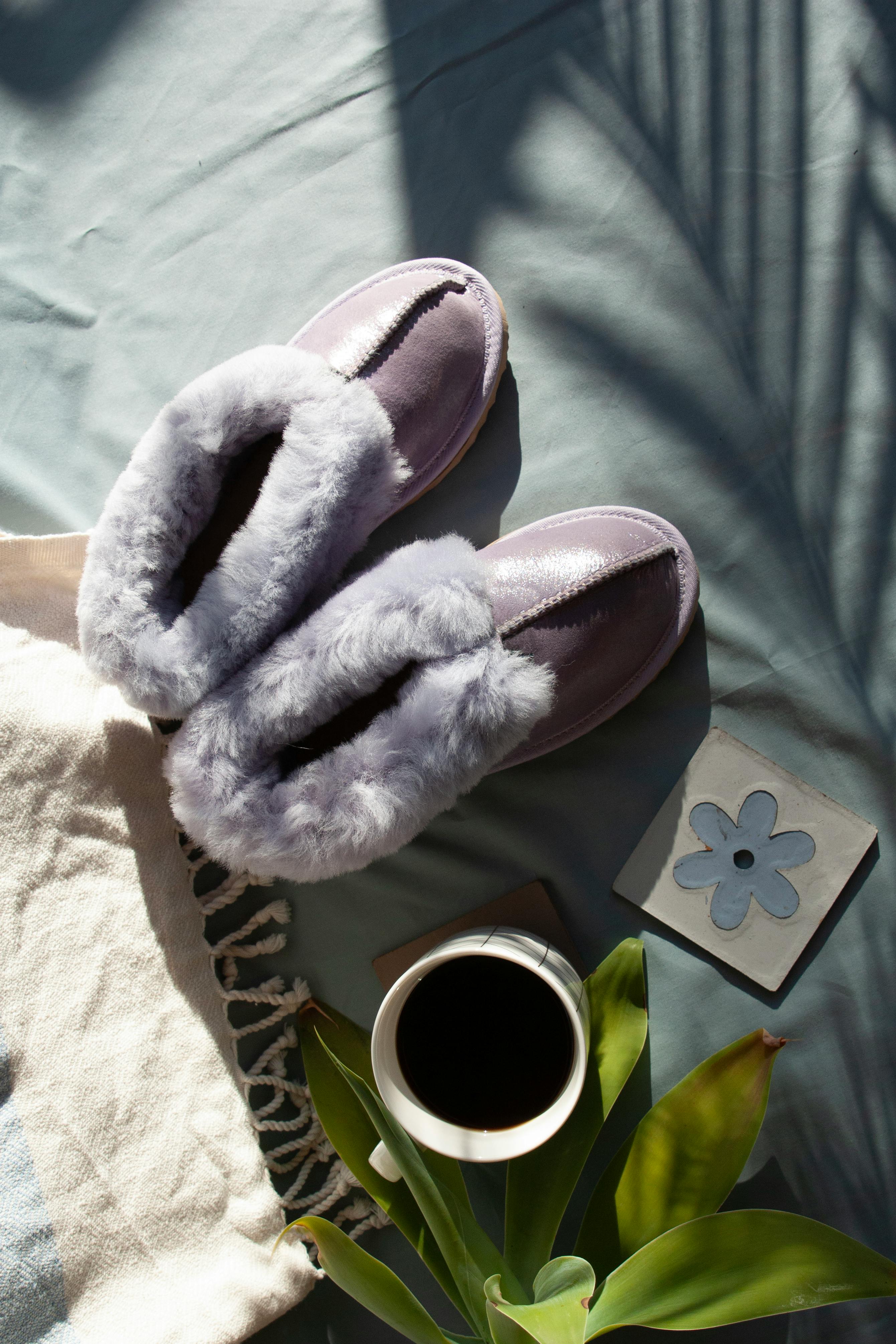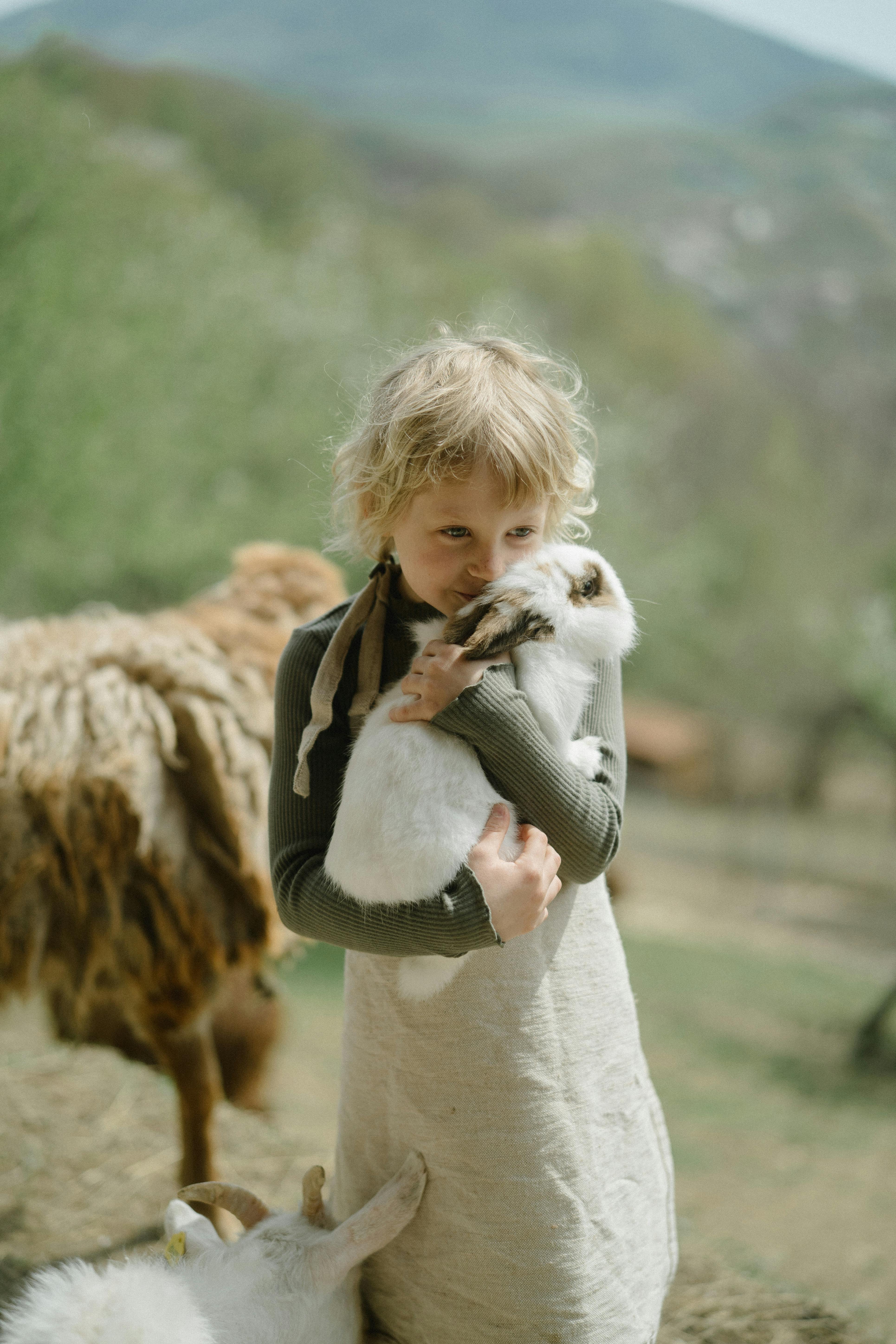
Effective Ways to Build a DIY Rabbit Hutch in 2025
Building a DIY rabbit hutch in 2025 is an enriching project that can provide a safe and comfortable home for your beloved rabbits. With the growing interest in sustainable and personalized pet care, crafting a rabbit hutch tailored to your furry friends' needs is a rewarding endeavor. A well-constructed rabbit hutch not only ensures the safety and well-being of your pets but also enhances the overall aesthetics of your backyard.
In this article, we will explore a variety of rabbit hutch ideas, focusing on both outdoor and indoor rabbit housing solutions. We will look into essential rabbit hutch designs, discuss various rabbit hutch materials, and provide a comprehensive overview of assembly steps, ensuring that you end up with a hutch that is not only functional but also stylish. By the end of this guide, you'll have the knowledge and confidence to create the best rabbit hutch for your pets.
Key takeaways include understanding rabbit hutch construction, choosing the right dimensions, and maintaining rabbit safety throughout the process. Let’s dive in!
Understanding Rabbit Housing Solutions
Before you start the construction process, it's important to understand the various rabbit housing solutions available. You will need to consider factors like the type of rabbit hutch—indoor or outdoor—and specific designs that cater to your rabbit's comfort and well-being. Each option presents unique benefits and challenges that will impact your final decision.
Indoor rabbit hutches are perfect for pet owners who want to keep their bunnies close while providing them a dedicated space. These structures typically require less space compared to outdoor options but still offer great functionalities. On the other hand, outdoor rabbit hutches can allow for more room to play and explore, making them ideal for rabbits who enjoy spending time outdoors. They usually require sturdier materials to withstand weather conditions and predators.
Additionally, multi-level rabbit hutches can be beneficial as they offer more space in a compact structure and can be a fun environment for rabbits who love to hop around. When selecting a rabbit housing solution, prioritize safety, comfort, and environmental enrichment.
Having established this foundation, let’s explore the rabbit hutch features that make a hutch a safe and enjoyable home for your bunny.
Key Features of a Safe and Functional Rabbit Hutch
The functionality and safety of a rabbit hutch rely on several key features that cater to your rabbit’s natural instincts. First and foremost, ensure the rabbit hutch has adequate ventilation. Proper airflow prevents overheating and keeps the habitat fresh. When constructing your hutch, consider removable panels or mesh openings to enhance airflow without compromising security.
Another crucial feature is the flooring of the hutch. Opt for materials that are easy to clean and maintain while offering comfort. Wire flooring may cause foot injuries, so providing a solid surface with bedding such as hay or straw will create a cozy space.
In addition, the hutch should be weatherproof if placed outdoors. Using waterproof materials, reinforced corners, and proper insulation can ensure that your rabbit remains comfortable regardless of the weather. These elements not only protect your pet but also prolong the lifespan of the hutch.
Lastly, pay attention to the design of entrances and exits. Providing multiple safe access points can help in managing the rabbits comfortably and makes cleaning easier. By incorporating these features, you'll build a rabbit hutch that can thrive for years to come.

Choosing the Right Rabbit Hutch Materials
Choosing the right materials is critical when constructing your DIY rabbit hutch. The materials you select will influence not just the durability of your hutch, but also the comfort and safety of your rabbits. When selecting materials, prioritize safety by avoiding pressure-treated wood or substances that contain toxic chemicals.
Wood is a preferred choice for many DIYers as it provides a natural, insulated environment. However, ensure that the wood is untreated and safe for pets. Additionally, using exterior-grade plywood can help in prolonging the lifespan of the hutch. When using wire mesh for ventilation, opt for high-quality galvanized wire that can withstand chewing and outdoor conditions.
Moreover, consider adding a waterproofing sealant to wooden surfaces to prevent rot. For indoor hutches, aesthetic materials can enhance the look of your living space; think about using stylish designs that blend with your decor while ensuring they meet rabbit safety standards.
With the materials chosen, it’s time to explore the best rabbit hutch designs available.
Top Rabbit Hutch Designs for 2025
When conceptualizing your rabbit hutch design, there are several innovative ideas to consider that cater to both style and functionality. One popular trend in 2025 is the large rabbit hutch that offers enough space for multiple rabbits to interact while providing separate living areas if needed. This design helps accommodate our furry friends’ social nature while ensuring they have their zones for when they need some solitude.
An eco-friendly rabbit hutch is also a great option, constructed using sustainable materials that minimize environmental impact. These hutches often come equipped with features like rainwater collection systems for natural hydration and solar panels for power supply to manage lighting within the hutch.
Another fabulous option is the portable rabbit hutch—ideal for those who like to move their pets around while also providing them with environmental enrichment. A design that recognizes the importance of natural behavior through the inclusion of escape routes, tunnels, and play areas can enhance the quality of your rabbits' lives.
These designs reflect modern innovations in rabbit care that prioritize comfort and well-being while also meeting the needs of changing lifestyles.

Rabbit Hutch Assembly and Maintenance Tips
Once you've finalized your hutch design and gathered materials, understanding the assembly process is critical. Start by laying out the parts clearly; a step-by-step approach ensures you don't overlook important elements. As you construct the frame, make sure to secure all fittings and joints to add stability.
During assembly, it's important to keep in mind the necessity of proper ventilation and access points for cleaning. Integrate removable panels or doors to facilitate easy access to all parts of the hutch for both maintenance and interaction with your rabbits.
Regular maintenance is essential for keeping your hutch in tip-top shape. Create a cleaning schedule to regularly change bedding, sanitize surfaces, and inspect for wear and tear. Pay special attention to areas of high traffic, as these may require more frequent care. It is advisable to capitalize on cleaning supplies that are safe for rabbits and won't irritate their sensitive systems.
In the final touches, personalize your rabbit hutch with accessories and enrichment items, ensuring a vibrant environment for your bunnies. Happy, healthy rabbits lead to fewer behavioral issues and a more enjoyable experience for both pet and owner.
Creating a Rabbit-Friendly Space
Creating a rabbit-friendly space extends beyond just the hutch—it refers to integrating your rabbit’s hutch into a broader habitat that promotes their well-being. Be mindful of the location of the hutch, ensuring it’s away from extreme weather conditions while also providing shade and security if outdoors. For indoor setups, allocate a space where your rabbits can safely explore and interact.
Consider enriching your rabbits' environments with safe plants, toys, and spaces for exercise. Bunnies enjoy dig boxes, climbing structures, and tunnels, which can help satisfy their natural instincts.
Appropriately fencing and barriers is also vital when creating safe outdoor rabbit spaces. Ensuring protection from predators and restricting unwanted guests can contribute significantly to your rabbit's safety and peace of mind. The goal is to create an atmosphere that allows for socialization and exploration, enhancing their quality of life.
When you implement these aspects, you allow for a harmonious living environment that can foster the bond between you and your rabbits.
FAQs about DIY Rabbit Hutches
1. What is the best size for a rabbit hutch?
The optimal hutch size depends on the number of rabbits you have. Generally, a large rabbit hutch should provide at least 4-6 square feet per rabbit. For multiple rabbits, consider multi-level designs to maximize space while still allowing for individual zones.
2. How often should I clean my rabbit hutch?
It is advisable to clean the rabbit hutch at least once a week. However, daily spot-cleaning and regular bedding changes will help maintain a healthy environment for your rabbits.
3. Can I use treated wood for rabbit hutches?
No, it is not recommended to use pressure-treated wood as it can contain harmful chemicals. Opt for untreated wood or safe alternatives to ensure the health of your rabbits.
4. How can I make my rabbit hutch weatherproof?
Using materials like waterproof plywood, metal roofing, and weather-resistant paints can protect the hutch from rain and moisture. Proper insulation also contributes to comfort during extreme temperatures.
5. What kind of bedding should I use in the rabbit hutch?
Safe bedding options include straw, hay, and specific rabbit bedding products. Avoid cedar and pine shavings, as they can harm your rabbit’s respiratory health.